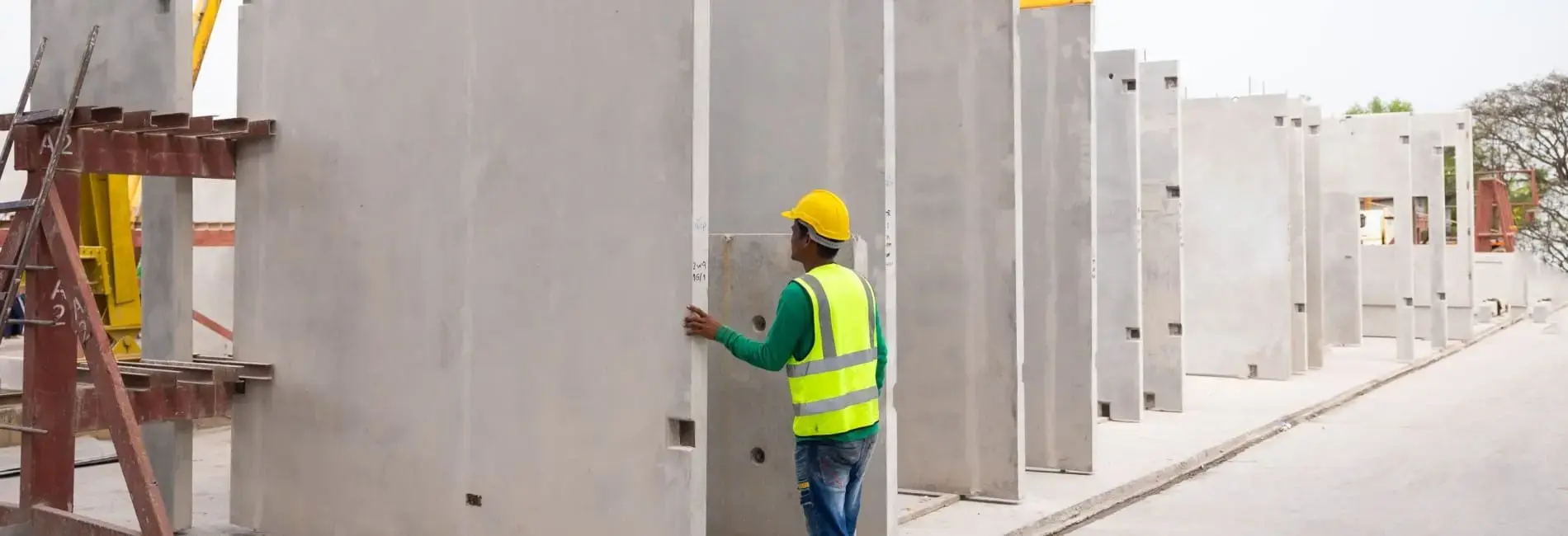Steel Versus Concrete in the Construction of Water Treatment Plants

One material has lower maintenance costs and better resists corrosion
When it comes to building water treatment plants, the choice of material matters. While concrete has long been the standard, steel is emerging as the superior option, offering faster installation, lower maintenance costs, and greater adaptability. We'll discuss the key advantages of steel, from durability to cost savings, and why more municipalities and developers are making the switch.
Superior Durability and Corrosion Resistance
Wastewater treatment plants are harsh environments, especially those utilizing the activated sludge process, where aeration tanks continuously expose infrastructure to high oxygen levels, biological activity, and chemical reactions. While concrete tanks can degrade over time from cracking and chemical wear, steel offers a corrosion-resistant alternative. Modern alloys, such as stainless steel, are highly resistant to corrosion, and when appropriate protective coatings are correctly applied, they can last for decades. That significantly reduces maintenance costs and downtime.
Unmatched Strength and Structural Resilience
As steel has a high strength-to-weight ratio, it makes extremely strong structures that are light and easy to erect. Unlike concrete, which is susceptible to structural cracks, steel maintains its structural integrity even when subjected to heavy loads and dynamic forces.
In regions prone to seismic activity, resistance to ground movement can be enhanced by adding shock-absorbing base isolators and flexible tank connectors, which can prevent costly damage and ensure that operations continue in the event of an earthquake.
Faster, More Efficient Construction
One of steel's biggest advantages is its ability to be prefabricated off-site. Unlike concrete, which requires on-site pouring and curing, steel components can be manufactured in a factory and assembled quickly on-site. This modular approach minimizes disruptions and significantly reduces construction time while still allowing for easy expansion or later upgrades.
The modular design of these prefabricated systems can be particularly beneficial for new residential developments, allowing developers to opt for a phased installation, with additional capacity being added as new sections of the development are completed. This way they can spread out the capital costs rather than having to invest heavily upfront before they are likely to see any return on their investment.
This flexibility and ease of installation make steel a popular choice for both small, decentralized wastewater treatment plants and large-scale facilities.
Ideal for Mobile and Temporary Installations
Once concrete has set, it cannot be easily moved. Steel plants, on the other hand, are quick to install and can be easily dismantled, making them ideal for situations when portable or temporary wastewater treatment solutions are needed.
Temporary steel wastewater treatment plants can be used to provide sanitation services in places like construction and mining temporary housing sites or disaster relief camps, even in remote areas. When work is complete and workers leave the site, these temporary plants can be removed and recommissioned elsewhere.
They can also serve as a temporary backup for a municipal wastewater treatment plant that needs to undergo repairs or upgrades and can save the day in the event of a natural disaster, such as flooding. Once the repaired municipal plant is back up and running, the temporary bypass plant can be dismantled and removed.
Cost-Effective and Low-Maintenance
While concrete structures are prone to surface corrosion and stress cracks that often require resurfacing and repairs, steel's superior durability results in lower maintenance costs. When treated with protective epoxy coatings, steel components can withstand decades of exposure to harsh wastewater conditions without significant degradation. This longevity translates into substantial cost savings over the life of a wastewater treatment facility.
A More Sustainable Choice
Steel also has a much lower environmental impact compared to concrete and is a more sustainable option. Steel production generates fewer greenhouse gas emissions compared to concrete manufacturing, especially when recycled materials are used in production.
Because steel can be recycled repeatedly without losing its strength, steel recovered from an outdated wastewater treatment plant can be repurposed. This not only reduces construction waste but also reduces the demand for natural resources used in the manufacturing process, making it an environmentally responsible choice.
For municipalities and industries searching for more resilient and sustainable wastewater treatment solutions, steel offers a viable and cost-effective alternative to concrete. Its ability to withstand harsh conditions and resist corrosion while facilitating rapid construction, with the added flexibility of scalability and portability, makes it a wise, sustainable investment. Consequently, while concrete has traditionally been used for the construction of water treatment plants, steel is rapidly becoming the preferred option for modern water infrastructure.

Ravindra Ambegaonkar
Ravindra, the Marketing Manager at NY Engineers, holds an MBA from Staffordshire University and has helped us grow as a leading MEP engineering firm in the USA
Related Posts
Join 15,000+ Fellow Architects and Contractors
Get expert engineering tips straight to your inbox. Subscribe to the NY Engineers Blog below.


